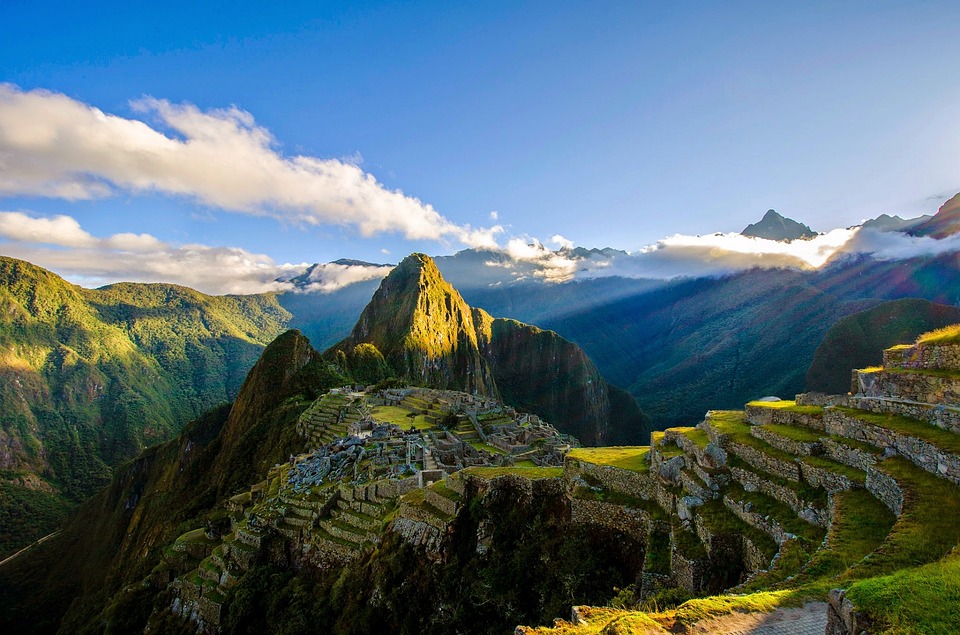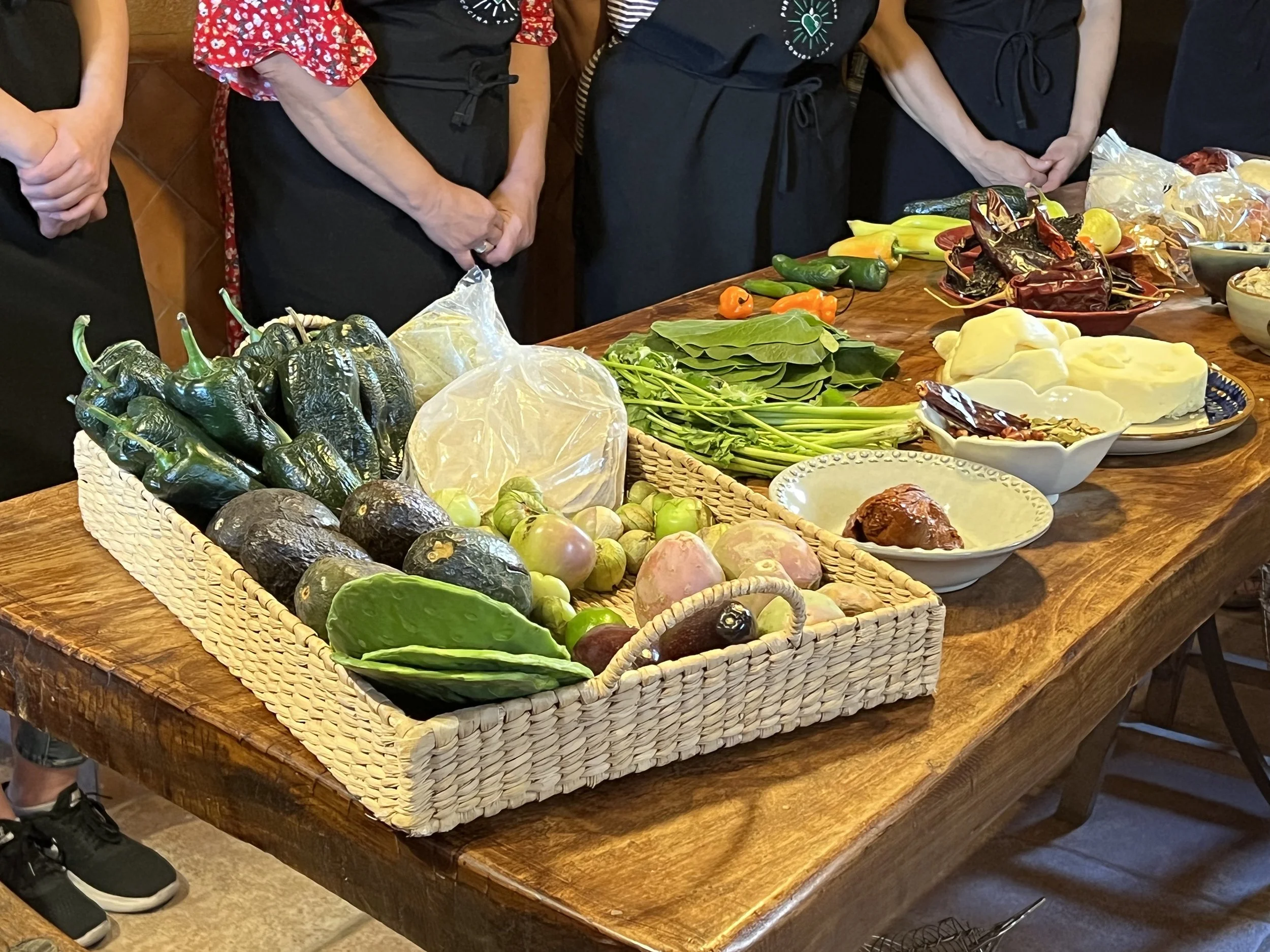Combining the Adriatic sea, mountainous landscape, and rich cultural heritage, Croatia is one of the most geographically and culturally diverse destinations in Europe. This Southeastern European country has been influenced by the Romans, Venetians, Ottomans, and even the Austro-Hungarian empire. It is no surprise the food in Croatia also reflects this cultural diversity.
From black risotto and sea bream from the Adriatic to burek and cevapi from the Balkans, you will surely find something delicious to appeal to your palette in Croatia. Read on to learn more about the best foods to try in Croatia.
Here are 10+ Croatian Foods You Need to Try:
Culinary regions in Croatia
Croatia is divided into four major geographic regions: Istria, Central Croatia, Slavonija, and Dalmatia. Each region has its own distinct culture and cuisine.
Slavonija
Bosnian coffee experience in Croatia
This region in the East of Croatia, bordering Hungary and Bosnia and Herzegovina is perhaps the most underrated part of the country. This region used to be the most prosperous part of the country because the flat lands and wheat fields make it ideal for farming.
Slavonija is heavily influenced by Hungary, Eastern Europe, and the rest of the Balkan region. They are also well known for having incredible baked goods, using a lot of layers, sliced rolls, chocolate, and honey. Their madarica is a 5-layered chocolate and vanilla cake covered with chocolate glaze, the madena pita is a honey-layered cake with powdered vanilla or chocolate, and their orahnjača is a walnut roll common for Christmas.
Dinner in Croatia by Jonell Kalae
Central Croatia
Stretching from the area around the Lika valley, to the capital of Zagreb, and the region bordering Austria, this part of Croatia is culturally similar to central Europe. You can see this reflected in the cuisine that has similarities to Austria or even Germany.
For example, the “Zagreb steak” is steak deep fried with cheese inside. It is somewhat similar to some German foods or “schnitzel”.
Fish carpaccio with Croatian olive oil and black caviar by Sophie
Istria
The Istrian peninsula is the perfect travel destination for food and wine lovers. The arm borders Slovenia but is actually heavily influenced by Italy. This region produces some of the highest quality olive oil in the world and the award-winning Malvasija wine. In October you can also find truffles throughout Istria.
Istria is also home to Croatia’s first Michelin-star restaurant.. The food heritage in Istria is a mixture of rich, hearty, and complex recipes, along with fresh, local, and abundant high-quality ingredients.
Croatia Lunch by Jonell Kalae
Dalmatia
As the most popular region in Croatia, Dalmatia is home to some of the best seafood in the region. Dalmatia stretches from Zadar to the Southern tip of Croatia in Dubrovnik, and also includes the Croatian islands. The Mediterranean climate here makes it ideal for fresh fruits and vegetables, fish, and domestic cheese.
This region is also known for its olive oil and wine as well. The local saying is that a fish must swim 3 times: first in the sea, next in olive oil (when served), and then with wine (while eating).
Throughout Croatia, “eating with the seasons” is very much a norm. That’s why you’ll find more tomatoes, cucumbers, peppers, figs, and other fruit in the summer. But in the winter, people tend to eat more cabbage and fermented foods. Also, Croatians tend to eat fish more in the summer and meat more in the winter.
Explore the best of the cuisine and culture of Dalmatia and Central Croatia on our Croatia tour here.
Here are 10 foods to try while in Croatia
Burek
Although the burek is quite common in the Balkans, they all fight for being the original creators, because of how good it is. This flaky and filled phyllo dough pastry is rolled to form a spiral and then baked until golden. The origins go back to the Ottoman empire, making it also a staple in Balkan, Levant, and Mediterranean cuisines, with variations in cheese, meat, and vegetables like spinach or leek.
Croatian Burek from Canva
2. Sarma
These stuffed sauerkraut cabbage rolls have been a part of Croatian culture for generations, especially during the wintertime. This dish, associated by many as comfort food, has the perfect balance between sweet, spicy, savory, and sour flavors. The cabbage leaves are boiled until soft and then stuffed with well-seasoned minced meat. Each bite is a joyful adventure to enjoy.
3. Cevapi
Cevapi is a popular dish throughout the Balkans, and it translates to meat-finders or meatballs. These skinless sausages are made from minced pork and beef, usually enjoyed with flatbread, a Croatian soft and creamy cheese called kajmak, and a red bell pepper relish.
Oyster Farm in Croatia by Sophie
4. Croatian fish and seafood
The Adriatic Sea hosts 400 species of fish, making Croatian cuisine rich in scampi, shrimp, sardines, anchovies, octopus, and oysters. Some of the most popular fish you’ll find in Croatia are sea bream, seabass, monkfish, octopus, tuna, and squid. Fish is usually grilled and served with a side of potatoes and blitva (similar to swiss chard).
One thing you’ll also notice in Croatia is the fish is usually served whole, with the bones, head, and all! Some restaurants will debone the fish for you.
Locals also enjoy a traditional dish called brodetto, this stew is cooked over open fire with the fresh catch of the day, along with vinegar and tomato sauce. The buzara, which translates to stew in Croatian, is as simple as mussels cooked in wine broth with garlic and breadcrumbs.
5. Black risotto
This black cuttlefish risotto, locally known as crni rižot, is a staple in coastal Croatian cuisine, especially on the coasts. It is emblematic of its intense seafood taste, and black color from the squid inc used to cook the rice. The black-stained teeth will be worth it after the first bite.
6. Peka
Commonly enjoyed on the Dalmation coast, this lamb, octopus, chicken, veal, or fish roast with potatoes and vegetables is covered with a cast-iron bell and slow-cooked with coals. This technique turns the ingredients into incredibly soft, juicy, and aromatic food that is great to enjoy during the winter because it is hearty and comforting.
Croatian Peka from Canva
7. Croatian candy
Who would have thought Croatia had such a strong candy game? Considering some candy brands have been around for more than 30 years, it seems these sour and sweet treats are a big part of locals' upbringing, and then adult life.
Ki-Ki is one of the most common varieties of candy, it is a hard but chewy and fruity toffee candy seen at all children’s birthday parties. The Bajadera is a chocolate praline brand, known for its crunchy nougat or almond center. They are not something you buy to snack on on an average day, you get them for a special occasion or special someone.
Croatian Cheese and Wine by Sophie
8. Domestic cheeses
Croatia has been gaining recognition and awards in the past years due to top-quality and organic products made from cow, goat, and sheep’s milk. A must-try is the local cheese from Pag, a sheep cheese that contains the essence of its land, an island. The production is quite limited due to insufficient pastures, making it a luxury and delicatessen in Croatian cuisine.
9. Croatian Wines
Wine production has been a Croatian tradition for more than 2,500 years since the Ancient Greeks settled in the Dalmatian islands. The Croatian weather along the coasts, combined with the topography of the peninsula creates the perfect condition to grow grapes, more specifically the Malvasia Istriana and Teran grapes.
Experience more Croatian cuisine on our Croatia culture tour
Croatia’s culinary richness is becoming more and more recognized by gastronomes. Although it varies from region to region due to geographical landscapes, and historical influences, it can easily accommodate many dietary restrictions, such as gluten-free or vegetarian.
With an abundance of high-quality and local produce and access to the freshest ingredients in land and sea, any diet can be satisfied successfully. It is quite a sustainable cuisine, from its local sourcing culture, and health benefits from Mediterranean diet traits.
































If you’re looking for the best Europe trip packing list, look no further! In this blog post, we’re sharing our comprehensive guide to packing for Europe so that you can embark on your journey fully prepared. We’re here to make sure your luggage remains light and your experiences unforgettable.